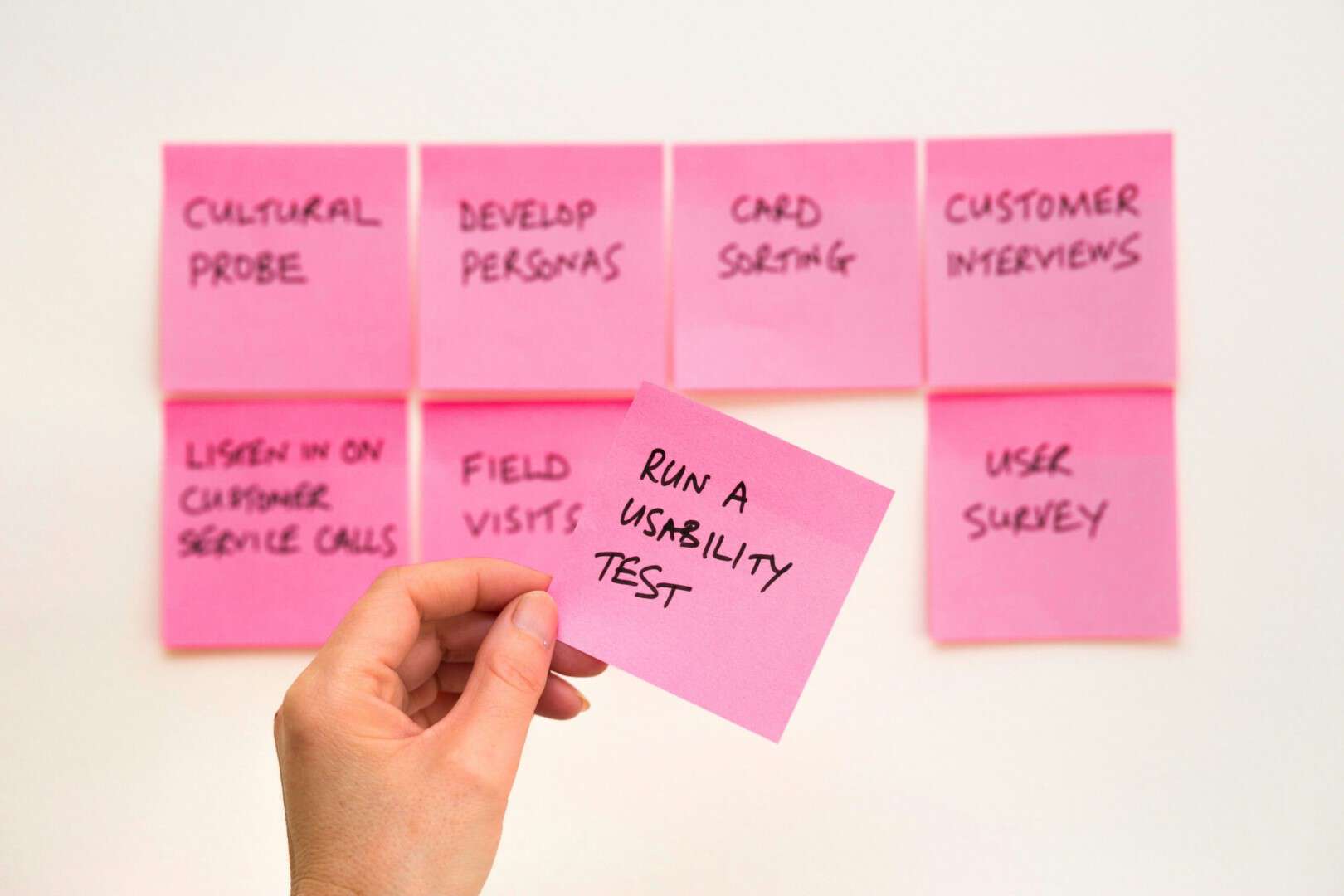Crafting educational applications transcends mere technological innovation; it opens doors to universal knowledge access, catering to individuals across all spectrums of physical and cognitive capabilities. By embedding inclusivity at the core of digital tool creation, we not only expand the learning realms for individuals with disabilities but also refine the educational journey for every user.
With the educational app sector experiencing significant growth, generating $7 billion in revenue in 2022, and expected to grow at a compound annual growth rate of 8.9% from 2023 to 2030, the emphasis on developing educational apps that cater to the diverse needs of all learners is more crucial than ever. As education increasingly intertwines with digital solutions, the importance of tailoring educational apps to meet the varied demands of all learners is paramount. The essence of inclusivity within digital education spaces goes beyond ethical considerations—it is an imperative in our globally connected society.
Through the adoption of accessibility principles, both developers and educators are poised to sculpt an educational framework that embodies equity. This article delves into the critical elements of constructing accessible educational applications, offering guidance for developers and educators to forge tools that universally empower learners. We embark on a journey to unravel the significance of accessibility in the educational realm and the pathways to its realization.

Photo by David Travis on Unsplash
Harnessing Digital Tools for Amplified Accessibility
The journey towards amplified accessibility in education leverages the synergy of user-friendly educational app development platforms. These app builders equip educators with the tools needed to craft interactive and engaging learning experiences without the necessity for deep coding knowledge.
Such platforms boast a plethora of features, including drag-and-drop interfaces, customizable templates, and pre-assembled components, allowing for the straightforward design and launch of educational apps aligned with specific educational goals and learner needs. This eradication of complex coding requisites shifts the educator’s focus from technical execution to content creation and instructional innovation.
Legal Considerations and Compliance Standards
Understanding and navigating the legal terrain is crucial for developers of educational apps, especially in the domain of accessibility. International statutes like the Americans with Disabilities Act in the U.S., alongside protocols such as the Web Content Accessibility Guidelines, outline a foundational blueprint for compliance.
Adherence to these benchmarks is not only a legal mandate but also a step towards wider app usability, encompassing a broader audience. By aligning with these guidelines, developers not only minimize legal risks but also affirm their commitment to digital inclusivity. Keeping pace with the dynamic nature of regulations and standards is vital to upholding accessibility in an ever-evolving digital landscape.
Principles of Accessible Design
Adopting a design ethos centered around accessibility is non-negotiable, guided by principles such as permeability, operability, understandability, and robustness. Developers incorporate functionalities like text-to-speech for individuals with visual impairments, captions for auditory content, and keyboard navigation for those with mobility challenges.
Integrating these principles from inception significantly uplifts the accessibility quotient of educational apps, fostering an environment of inclusivity and utility for every user. Continuously updating apps to embed new accessibility features ensures ongoing compliance with progressive accessibility standards and practices.
Inclusive Content Strategy
The creation of inclusive content extends beyond mere technical tweaks; it demands a deliberate examination of the content itself. Developers adopt clear, straightforward language, offer alternatives for visual and auditory content, and sidestep presumptions about user capabilities or prior knowledge.
This methodology guarantees content clarity and accessibility for all, irrespective of their educational needs or disabilities, championing a truly inclusive learning atmosphere. Periodic accessibility reviews of content further help in pinpointing and remedying any inclusivity shortfalls, maintaining a consistent commitment to educational accessibility.
User-Centric Design and Evaluation
Involving a diverse user base in the design phase is critical to achieving genuine accessibility in educational apps. Insights from users with disabilities reveal potential oversights unseen by developers. Continuous user testing during the development phase allows for the refinement and enhancement of the app, guided by actual usage experiences.
Emphasizing user feedback ensures the app addresses the myriad needs of all users, promoting inclusivity and utility. Moreover, establishing mechanisms for ongoing feedback after launch empowers developers to resolve new accessibility issues and incrementally improve the user experience.
Photo by Icons8 Team on Unsplash
Conclusion
Creating accessible educational apps is a continuous journey, driven by a dedication to inclusivity and perpetual enhancement. As technological landscapes evolve, so too must our strategies for developing educational tools that accommodate the wide-ranging needs of all learners. Collaboration between developers and educators is essential to ensuring that educational technology is accessible, engaging, and effective for everyone. By placing a premium on accessibility in the development of educational apps, you forge a more inclusive and equitable learning environment for all learners.
This allegiance to inclusivity not only enriches the educational experience for individuals with disabilities but also elevates the entire educational milieu. Let’s commit to making each educational opportunity accessible and inclusive, charting a course towards a universally inclusive future in education.

